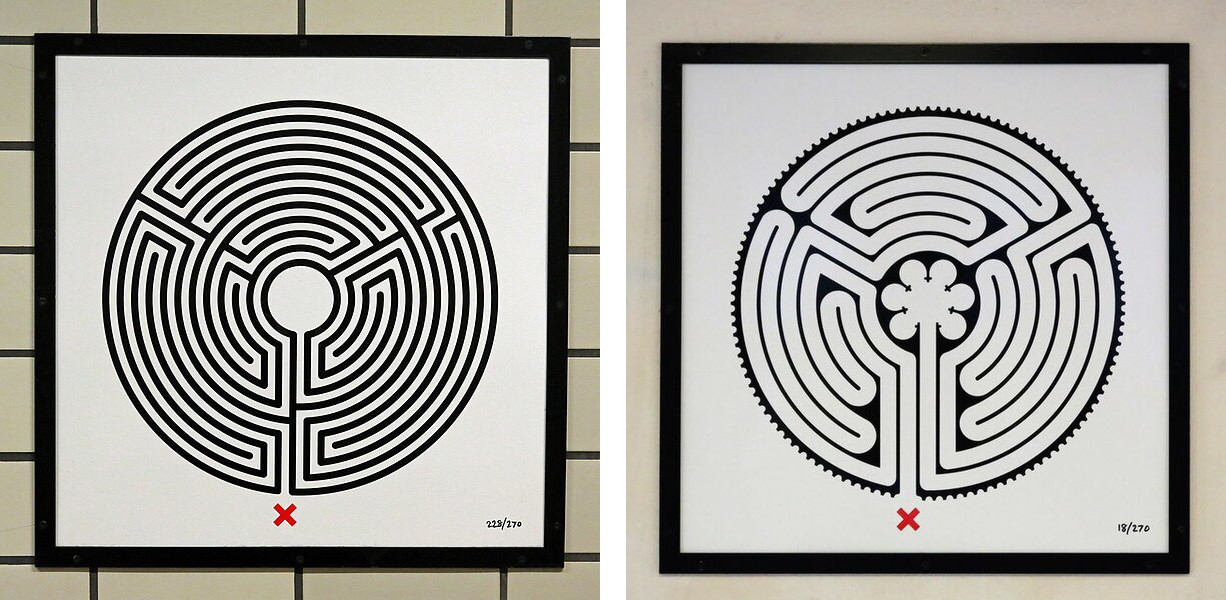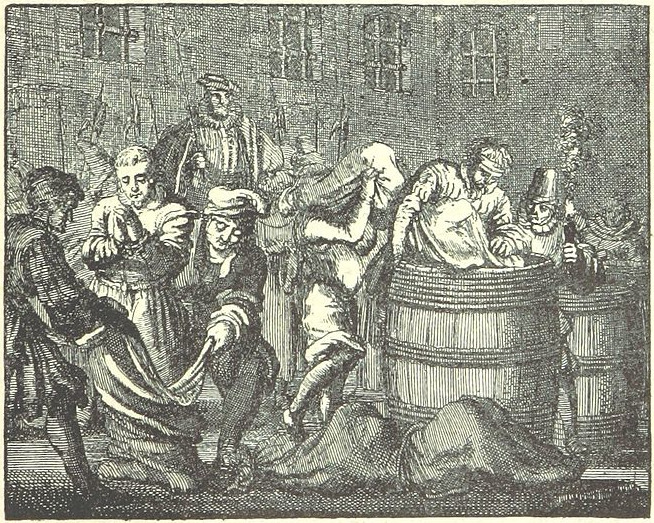
Stage actor Leo Reuss was just gaining fame in Berlin when the rising Nazi regime began to restrict the work of Jewish actors. So Reuss invented a new character. Retreating to a cabin in his native Austria, he grew out his beard, bathed in hydrogen peroxide to bleach his hair, studied the speech and mannerisms of farmers, and obtained new papers from a local peasant.
After a year’s effort he had recreated himself as Kaspar Brandhofer, a self-educated Tyrolian actor. When he returned to the stage, his former director Max Reinhardt failed to recognize him and in fact recommended him to Ernst Lothar in Vienna, where in 1936 Reuss played a featured role in the stage adaptation of Fräulein Else. The actors he worked among never suspected the ruse, despite their earlier work together.
Critics hailed the performance, calling Reuss “the humble peasant of the Austrian Alps, the finest natural actor of his generation,” and Lothar offered him a three-year contract. But his eventual confession brought on an uproar, and he decided that the Nazi regime had grown too strong. He emigrated to the United States, where he went on to an active movie career as Lionel Royce, appearing in almost 40 films before his death in 1946.







